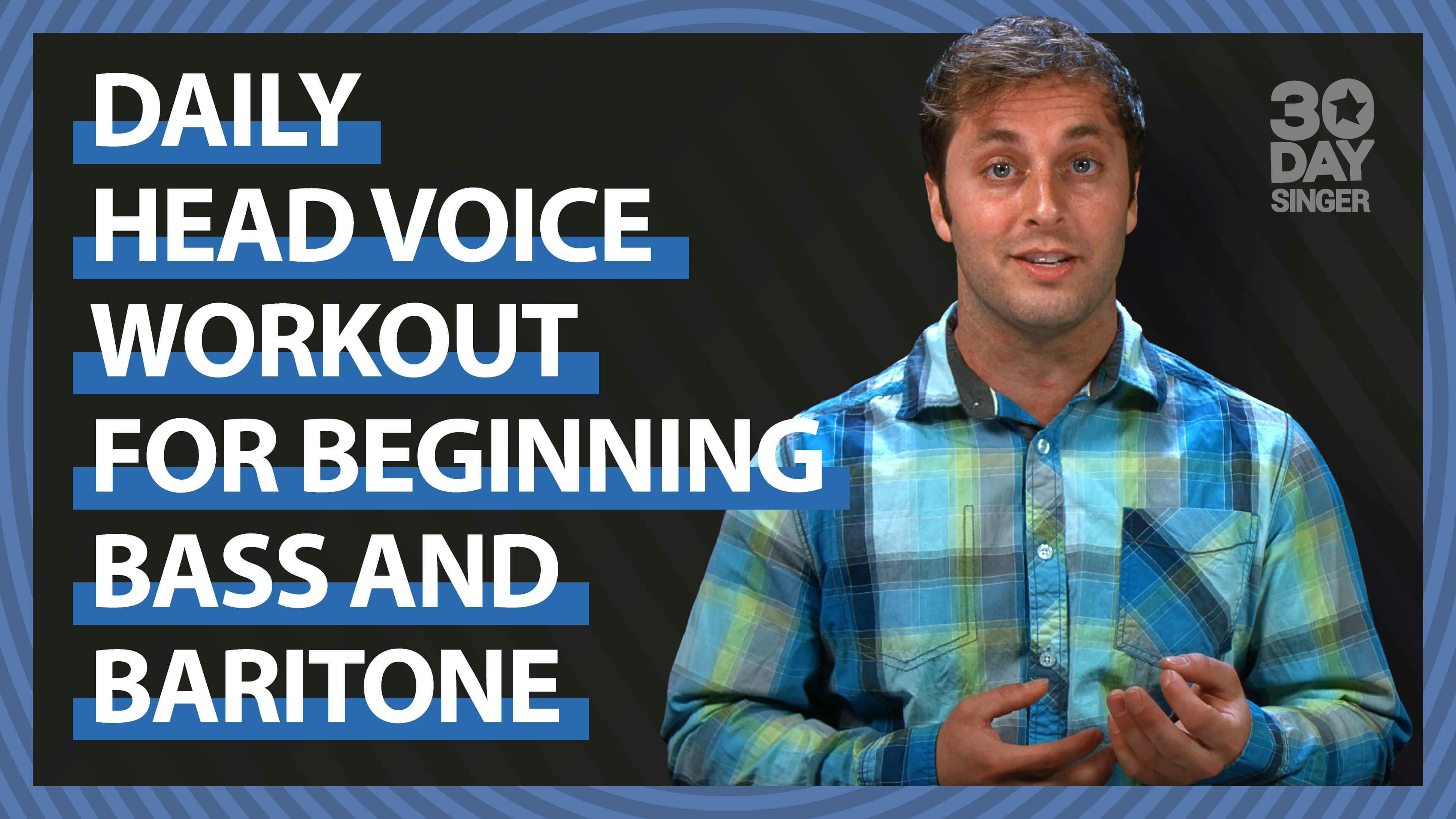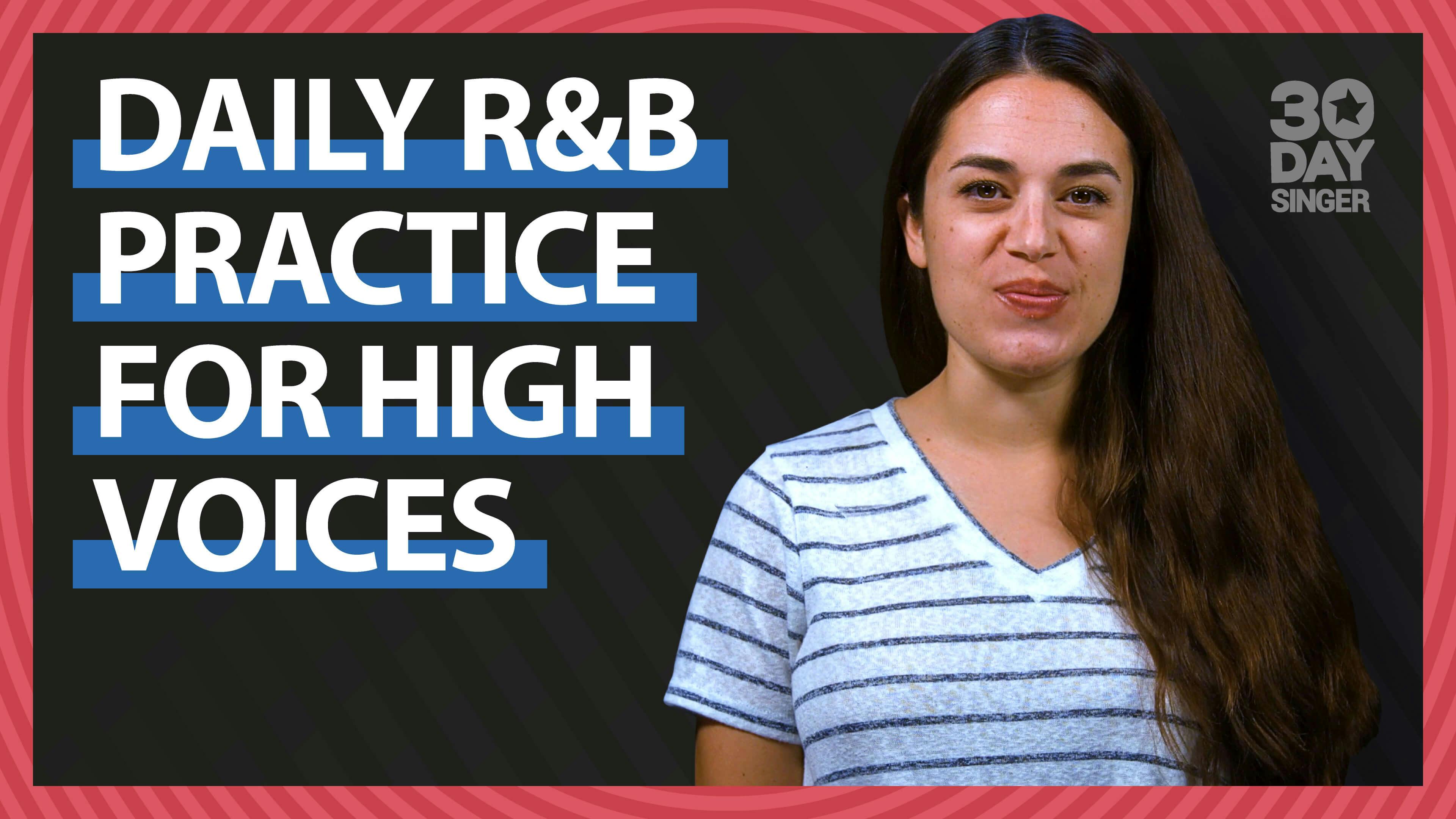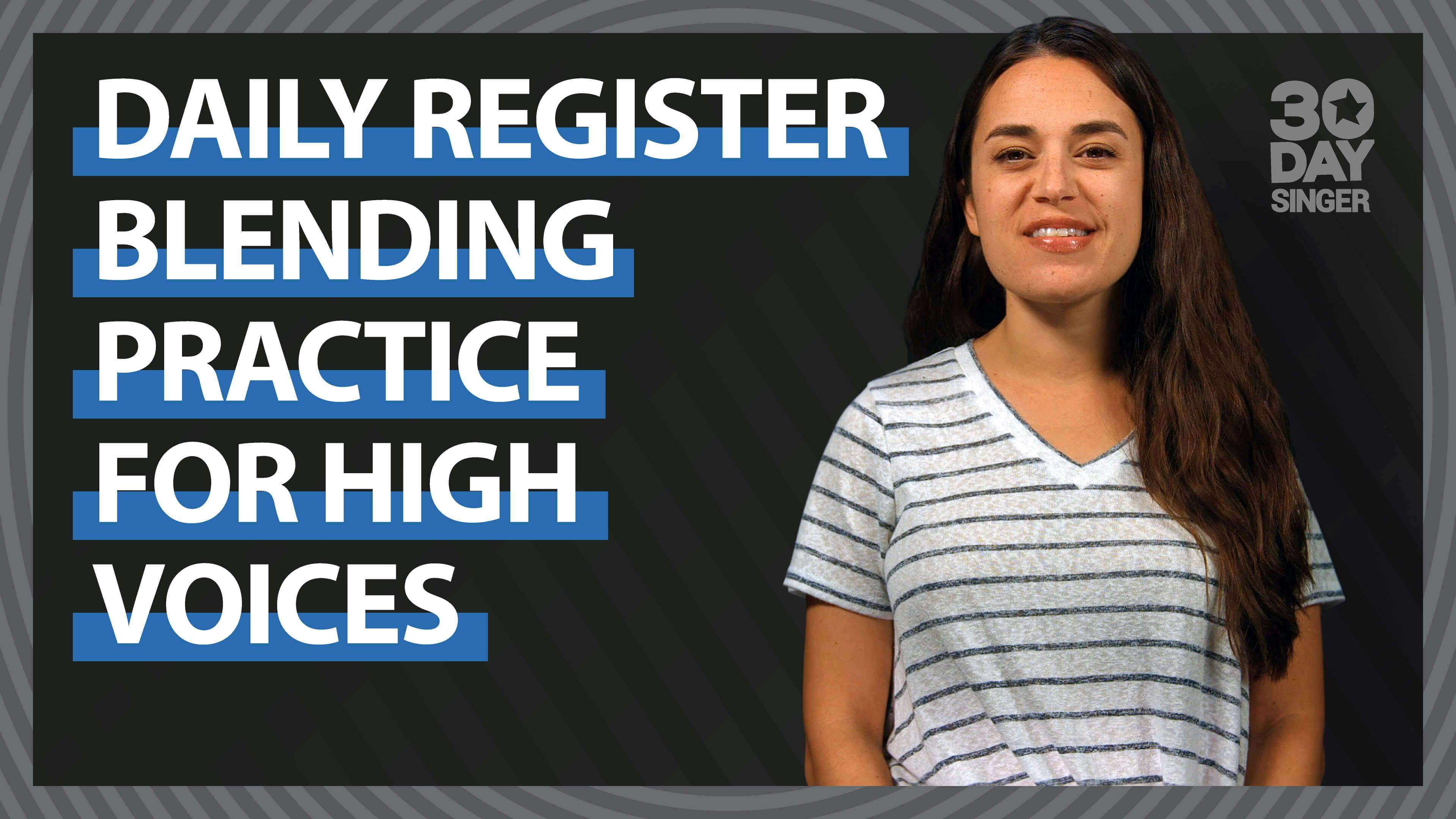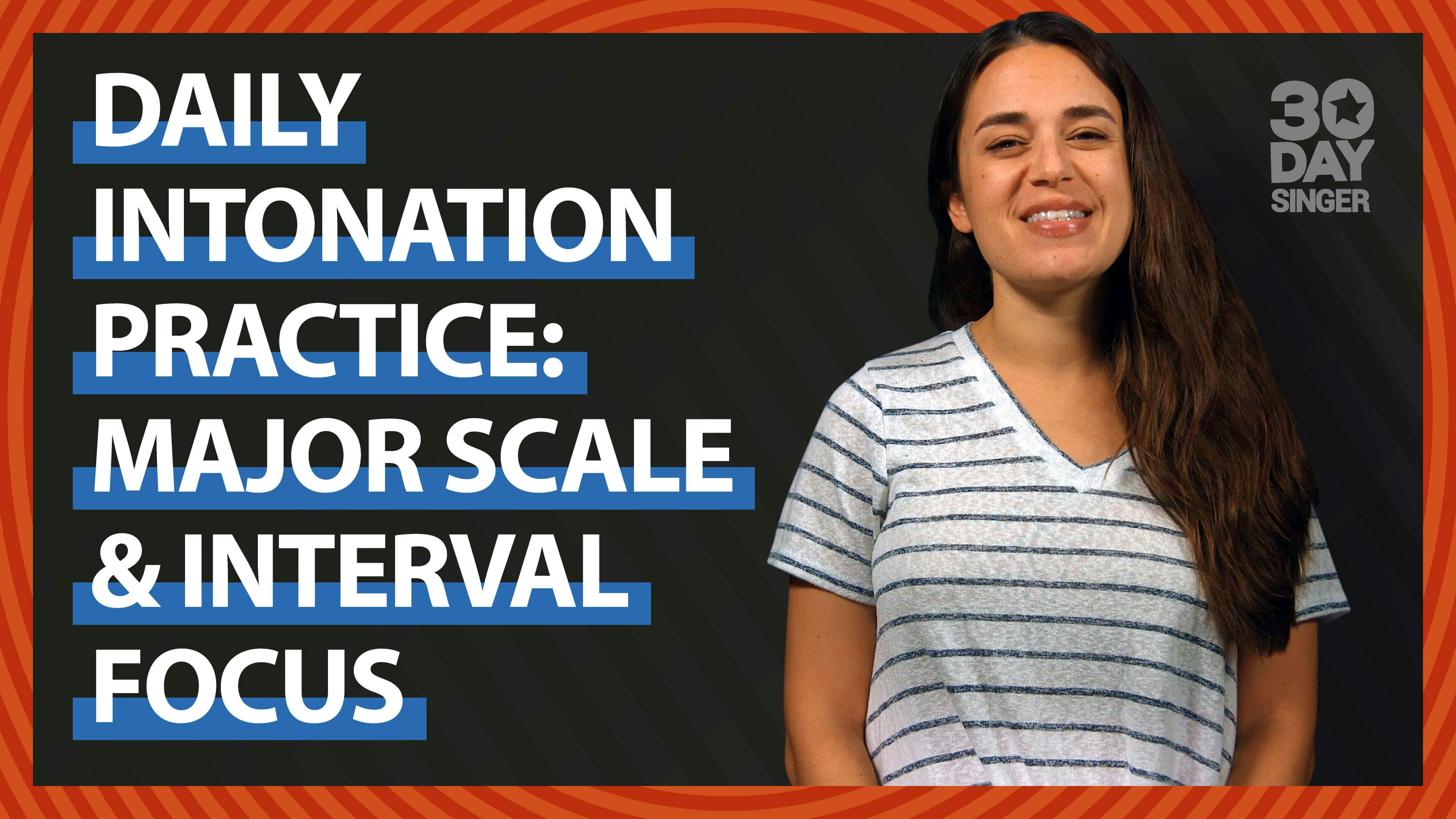Vocal Technique
Welcome to the Vocal Technique section of 30 Day Singer. These lessons focus on developing key singing techniques like vibrato, belting, singing higher or lower, breath control and much more. We offer guidance on how to learn these techniques and perfect them so you can perform with confidence. Some of these techniques are introduced in our beginner courses so if you need more time and focus on a particular area, these lessons come in very handy. You can bounce between these lessons freely or use a set combination of these lessons as part of your daily practice routine to monitor progress.
TUTORIALS
Daily Head Voice For Beginning Bass And Baritone
By Abram PoliakoffEven if you don’t foresee yourself using a lot of head voice in the songs you sing, it’s crucial that you spend some time in head voice. Head voice not just for high notes: it’s also for flexibility! Join Abram for this daily exercise.
How To Sing Classical
By Abram PoliakoffThis series is an entry into the world of classical singing. If you sing in a choir, you’ll use this technique constantly. If you sing pop, rock, r&b, or another seemingly unrelated style, you are encouraged to incorporate classical technique into your warm ups and vocal training!
Daily Intonation Practice For Low Voices : Major Scale & Interval Focus
By Abram PoliakoffBecause most popular Western music is built on the major scale, exercises like this can help you to recognize steps and skips in the songs you sing. You’ll begin to develop an awareness of what “fits” within a given scale, and what doesn’t.
Daily Intonation Practice For Low Voices: Pitch Matching Focus
By Abram PoliakoffWhat is intonation? It’s a fancy word for singing in tune and with accuracy. You can think of this tutorial as a way to work on musical target practice with your voice.
Daily R&B Practice For High Voices
By Camille van NiekerkJoin Camille as she walks you through a daily practice for one of our most requested subjects! This lesson will give you the practice needed to make the kinds of sounds and stylizations you’ll use in your favorite R&B songs.
Daily Pop Practice For High Voices
By Camille van NiekerkAs with any skill, the more you do it, the easier it becomes! If you love singing pop style music, this tutorial is for you. Camille will work you through exercises for pop style riffs, mix belt, vocal fry, pop flip and register work.
Daily Range Extension Practice For High Voices
By Camille van NiekerkThis series will cover the three areas most singers care about: low notes, high head voice or falsetto, and mix or belt range. This series is intended for altos, mezzos and sopranos.
Daily Register Blending Practice for High Voices
By Camille van NiekerkRegister blending is a skill that will not be required often, but is still very worth working on. In this lesson you will be developing the ability to transition seamlessly between registers; and develop the ability to sing at different volumes and intensities throughout your range.
Daily Intonation Practice For High Voices: Major Scale & Interval Focus
By Camille van NiekerkMost popular Western music is built on the major scale. This lesson series with Camille can help you to recognize steps and skips in the songs you sing, and develop an awareness of what “fits” within a given scale, and what doesn’t. Come check it out!
Daily Intonation Practice For High Voices : Pitch Matching Focus
By Camille van NiekerkIf pitch matching and singing in tune is something you struggle with, then this tutorial is for you! Join Camille for this daily practice.
Frequently Asked Questions
Some great vocal warmups for singers start with gentle humming or lip trills to relax and engage your vocal cords without straining them. Then, work through some scales to gradually increase your pitch range and get your voice fully warmed up.
For a quick 5 minutes vocal warm up, try some lip trills or gentle humming for a couple of minutes. It’s effective and quickly preps your vocal cords for singing or speaking without overdoing it.
When your voice is sick, keep singing warmups light and gentle—like humming or low, quiet scales. Also, drink lots of warm fluids and rest your voice as much as possible.
Start with some light humming, followed by a few pitch glides (from low to high sounds) to get your voice comfortable. Finish with a few tongue and lip trills to help with articulation.
Two good vocal warm ups are humming and lip trills. These are super effective and easy vocal warm-ups that gently activate your vocal cords without causing strain. Both are great for starting any vocal exercise.
Breathing exercises and resonance drills, like humming and vocal slides, improve the quality and projection of your speaking voice. They help develop control and clarity, making your voice sound more confident.
Hydrate regularly, practice breathing exercises, and do daily warm-ups. Consistency with these habits will help your voice sound smoother and stronger over time.
To strengthen a weak speaking voice, practice deep breathing and speak from your diaphragm to add power. Also, try projection exercises like speaking in front of a mirror to boost confidence and clarity.
Focus on articulation exercises, like tongue twisters, and practice controlling your breath to avoid running out mid-sentence. Over time, these will improve clarity and help you speak with ease.
The four vocal function exercises are sustained phonation (holding a sound steadily), pitch glides (sliding between notes), lip trills, and staccato sounds on different pitches. They work together to strengthen and balance your vocal cords.












